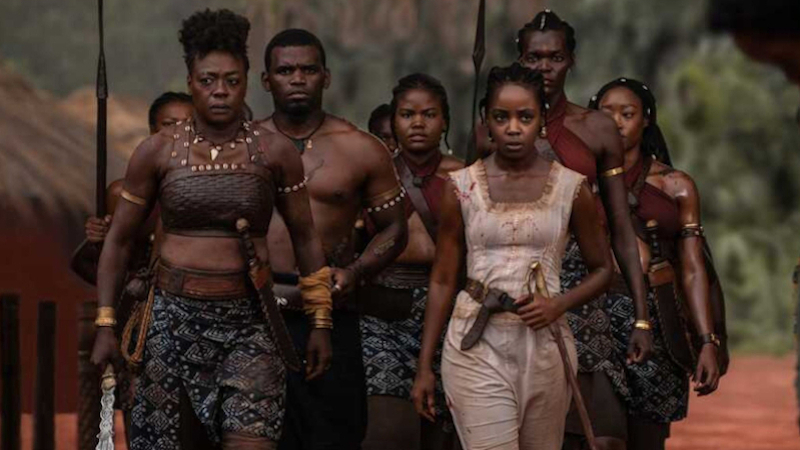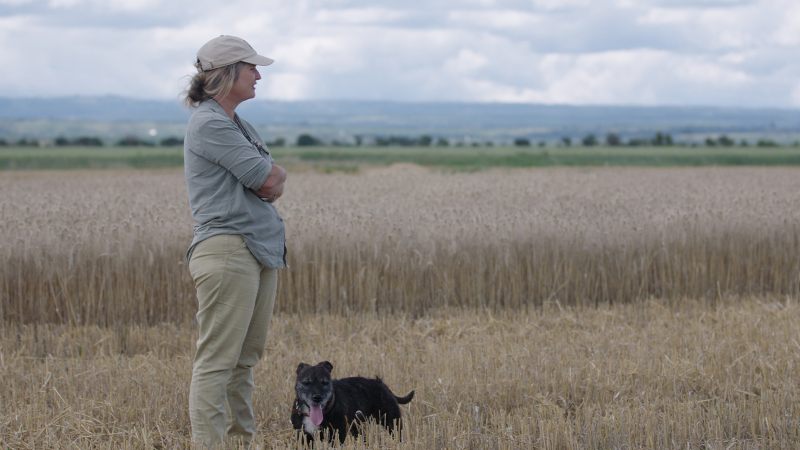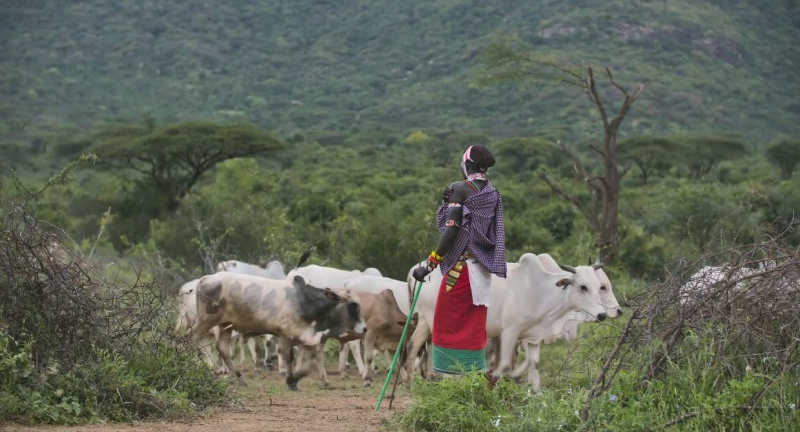Director – Hiroyuki Kitakubo – 2000 – Japan – Cert. 15 – 48m
****
Part English, Part Japanese with English Subtitles, Widescreen (1.85)
REG 2 DVD / PAL VHS review from Starburst (UK Edition), 2001.
The animation weighs in at a mere 46 minutes on home video formats, although on both you also get an informative, 20 minute Making Of documentary which goes into a lot of fascinating detail about the project’s innovative production processes via interviews with most of the animation staff involved.
Set largely on an American Air Base in Japan in 1966’s early stages of the Vietnam War, Blood’s tale cleverly employs both American English for the US military and Japanese (here subtitled in English) for the indigenous population. Sometimes, of course, the Japanese speak English to Americans and on one occasion, an American schoolgirl is told by Japanese heroine Saya (voice: Youki Kudoh from Heaven’s Burning, Craig Lahiff, 1997; Mystery Train, Jim Jarmusch, 1989; Typhoon Club, Shinji Somai, 1985; The Crazy Family, Sogo Ishii, 1984) to back off in American English after attempting to greet Saya in the Japanese tongue.

Language wise, there’s therefore no need for a separate track, but the DVD includes two sound mixes of which the 5.1 scores hands down since every implement dropping to a stone floor or every bullet flying into a wall springs to life in the 5.1 mix, but sounds comparatively flat in the stereo.… Read the rest




